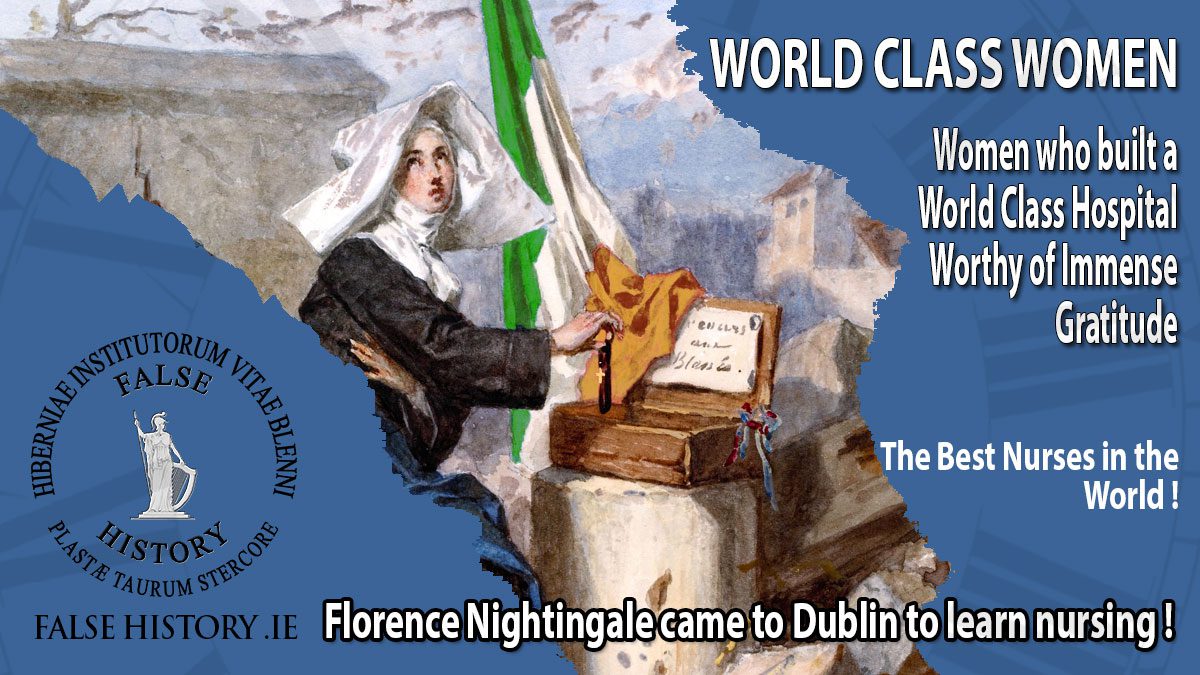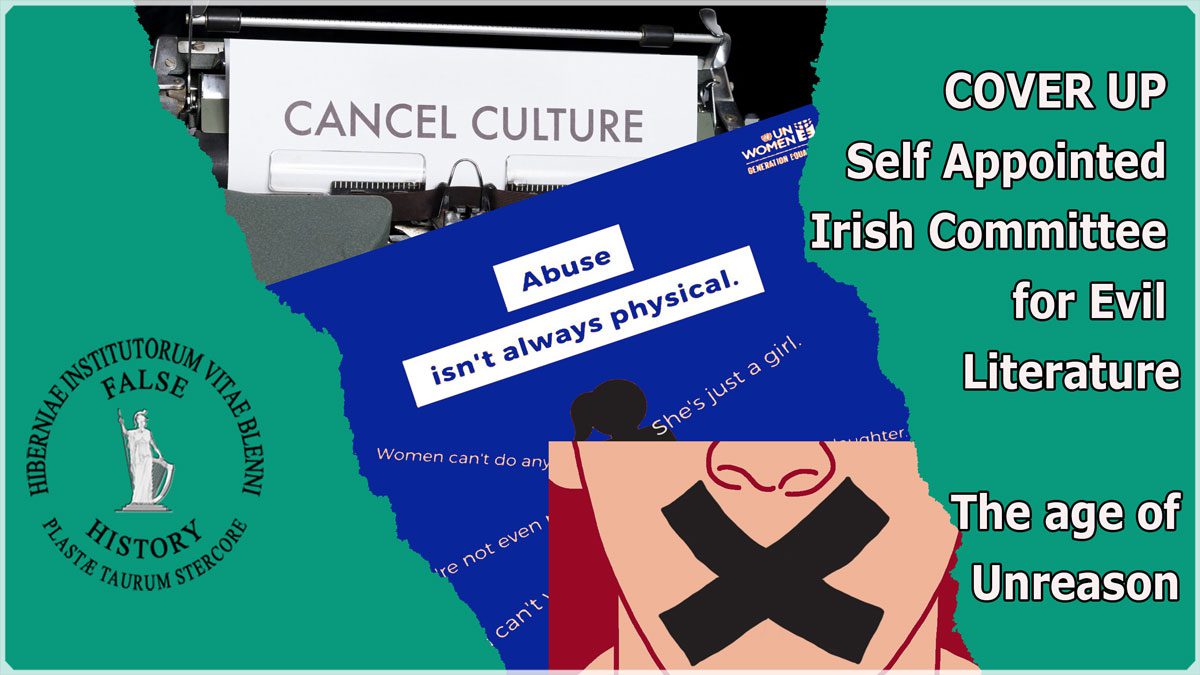Florence Nightingale wanted to learn her nursing craft from the best nurses in the world, the nuns at St Vincent’s Hospital Dublin. Dubliners have enjoyed…
Tag: abuse
Abuse to Hide Abuse
Most sexual abuse of females is heterosexual in nature. Does that mean that there is a link between heterosexuality and abuse? Of course not. Most…

